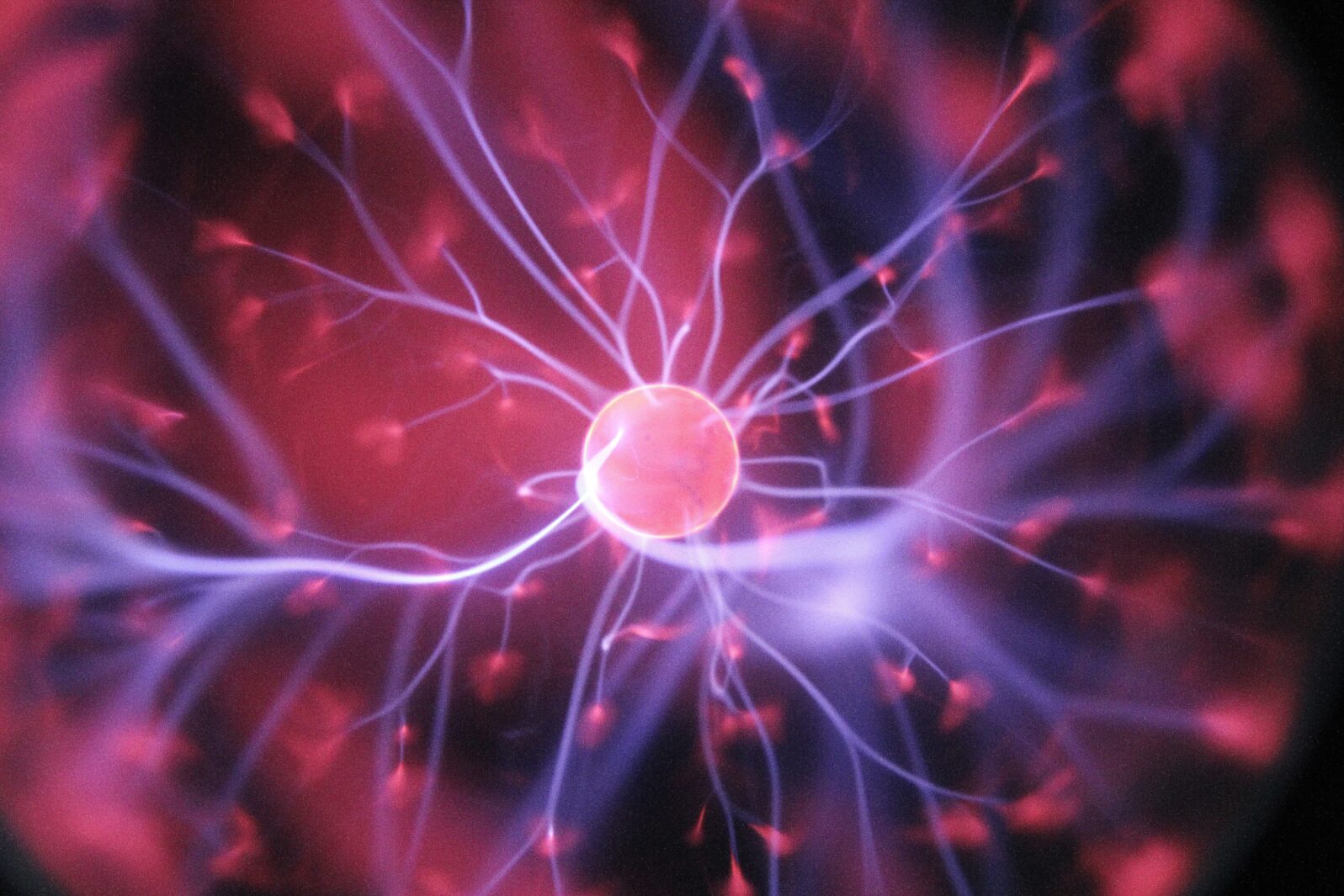Researchers Identify a New Form of Brain Communication
Mouse studies find brain waves that can bypass synapses and gaps, even communicate with severed nervesNeuroscientists have known for some time that slow, periodic activity in the brain can generate electric fields that activate neighboring cells, thus establishing a form of communication that is not transmitted through synapses or junction gaps. Now one team may have identified instances of such communication between neurons in different brain tissues in mice, even between tissues that have been severed by surgery. Dominique Durand of Case Western Reserve University told science writer Peter Dockrill, “I’ve been studying the hippocampus, itself just one small part of the brain, for 40 years and it keeps surprising me.”
The team’s most radical finding was that these electrical fields can activate neurons through a complete gap in severed brain tissue, when the two pieces remain in close physical proximity.
Peter Dockrill, “Neuroscientists Say They’ve Found an Entirely New Form of Neural Communication” at ScienceAlert
In an article offering a perspective on the finding, a neuroscientist from the University of Alberta (not involved in the research), explains:
What is particularly compelling is that the activity could be not only modulated, but also eliminated or even regenerated by imposed electrical fields. Most shockingly, this activity could be transmitted from one side of a surgically severed slice to the other when the two cut edges were simply placed in close proximity. These surprising findings were further supported by a computer model of hippocampal circuitry.
Clayton T. Dickson, “A jolt to the field: a self generating and self propagating ephaptically mediated slow spontaneous network activity pattern in the hippocampus” at The Journal of Physiology
Abstract: Slow oscillations are a standard feature observed in the cortex and the hippocampus during slow wave sleep. Slow oscillations are characterized by low-frequency periodic activity(<1 Hz) and are thought to be related to memory consolidation. These waves are assumed tobe a reflection of the underlying neural activity, but it is not known if they can, by themselves, be self-sustained and propagate. Previous studies have shown that slow periodic activity can be reproduced in thein vitro preparation to mimic in vivo slow oscillations. Slow periodic activity can propagate with speeds around 0.1 m s−1and be modulated by weak electric fields. In the present study, we show that slow periodic activity in the longitudinal hippocampal slice is a self-regenerating wave which can propagate with and without chemical or electrical synaptic transmission at the same speeds. We also show that applying local extracellular electric fields can modulate or even block the propagation of this wave in both in silico and in vitro models. Our results support the notion that ephaptic coupling plays a significant role in the propagation of the slow hippocampal periodic activity. Moreover, these results indicate that a neural network can give rise to sustained self-propagating waves by ephaptic coupling, suggesting a novel propagation mechanism for neural activity under normal physiological conditions. Chia-Chu Chiang, Rajat S. Shivacharan, Xile Wei, Luis E. Gonzalez-Reyes and Dominique M. Durand, Slow periodic activity in the longitudinal hippocampal slice can self-propagate non-synaptically by a mechanism consistent with ephaptic coupling, J Physiol597.1 (2019) pp 249–269 Paper. (open access)
The researchers would like to know whether human brains can also do this and whether the waves generated are related to the slow waves of sleep.
Such surprising new findings show that comparisons between a human brain and a computer greatly underestimate the complexity of the brain. Although even the axons of our neurons can function like smart PCs, our brains are not really billions of little computers but something much more. Just how it all works together is still very poorly understood and the origin of consciousness is simply unknown.
See also: The brain exceeds the most powerful computers in efficiency (Eric Holloway)
The brain is not a meat computer (Michael Egnor)
and
Has science shown that consciousness is only an illusion?
